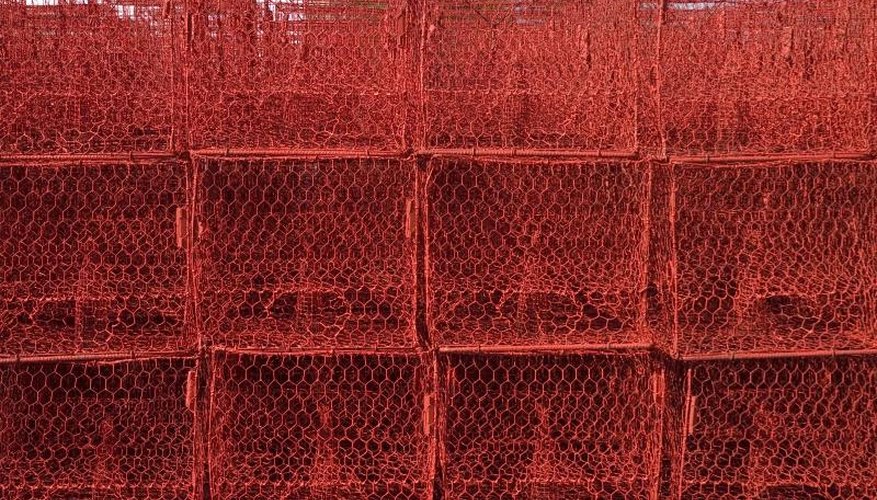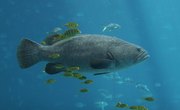
Followers of the reality TV series “Deadliest Catch” know that commercial fisherman go after the opilio crab in the cold darkness of the Alaskan winter. The North Pacific Fishery Management Council, NOAA and the Alaska Department of Fish and Game are responsible for management of the fishery. Fishermen may only harvest male crabs and the fishery is closed during mating and molting season. The season begins in the fall and continues until fishermen have reached their preset harvest quota.
The Season
Fishermen are legally entitled to go after opilio crab (Chionoecetes opilio) after October 15, when the king crab season opens. However, most crews wait until January – the traditional opening of the season – to pursue the crabs, also known as snow crabs, in part because the commercial appeal of opies caught earlier in the season is lower than that of those harvested later. The opilio crab fishery since 2005 has been “rationalized”: Fishery managers set a total harvest quota – it was 54 million pounds in the 2013-2014 season – which is divided up into individual quotas among crab fishing boats and corporations. Additionally, the fishery is divided into northern and southern zones. While some have criticized the system for “giving away” a public resource, supporters say the system has led to greater safety and efficiency.
Opie Habitat
Opilio crab are found from Japan to Greenland and south as far as Maine, though they do not figure commercially in that state. They weigh an average of 1 to 3 pounds, compared to their larger and more desirable cousins, red king crab (Paralithodes camtschaticus), which average 6 to 10 pounds each and fetch a considerably higher price. Opies prefer bottoms that are soft and sandy, or muddy, and typically are not found below 650 feet. The 2012 Alaska opie fishery produced a harvest worth more than $166 million, according to NOAA.
References
Writer Bio
Joe Steel is a Northwest-based editor, writer and novelist, former news editor of an outdoor weekly. He also was an editor at a Seattle-based political weekly and editor of a monthly business magazine. He has been published in the "Seattle Times," the "Washington Post" and the "Foreign Service Journal," among other publications.



